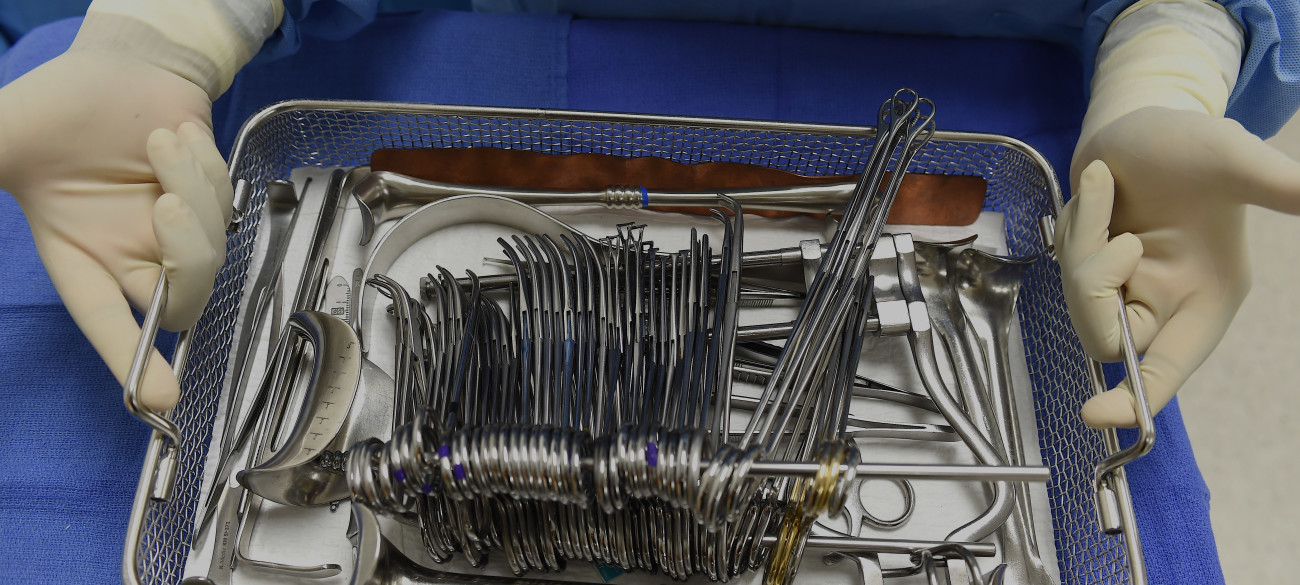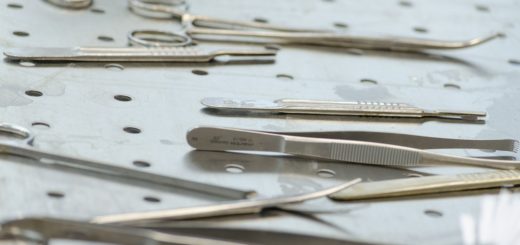The Process of Producing Sterile Instruments
Bacteria are notorious for their ability to adapt and resist external agents.
This is why it is important to ensure that all items in the hospital are free from their contamination.
Medical instruments, especially, need to be sterilized in order to prevent the spread of bacterial infection.
The sterile process can be very varied.
Different agents can be used before an item can be issued a sterilization certification.
Below are the basics of sterile processing.
Sterile Processing Basics:
Soaking and Washing
Even before the items are sterilized, they should first be free from any stain or soil. Soaking is done to ensure that any tough stains — such as blood or chemicals — are washed off prior to the sterile process. Detergent may be used with compatible materials.
Apparatus such as decontaminators can provide the basics of sterile processing, though an instrument cannot be said sterile enough for a sterilization certification after this. Instead, a separate sterile process is still used. There are also items that may need an ultrasonic cleaning apparatus in order to remove any fine soil.
Inspection
After the basic cleaning, technicians will inspect the instruments to ensure that there are not areas left unchecked. Crevices, serrations, hinges, and other hard-to-reach areas are of special focus.
This step will also include checking the sharpness of instruments with cutting edges — chisels, scissors, curettes, etc. Dents, chips, or dull spots are also looked into. For instruments with hinges, stiffness and alignment are checked.

Sterilization
After everything is confirmed clean, it undergoes the sterile process. How do you become sterile? Any item can be considered sterile if it has an extremely low level of bacteria.
Sometimes, bacteria can be impossible to remove completely, but it is important in the sterile process to ensure that the bacterial concentration is low enough to not cause any contamination.
There are different methods used in the basics of sterile processing.
Steam, chemicals such as ethylene oxide, and even radiation (both ionizing and non-ionizing) can be used.
Ionizing radiation is often restricted to commercial uses, allowing producers of sterile equipment to create large batches of instruments and containers with sterilization certification.
Quality assurance
Finally, the decontamination or sterile process is completed with the monitoring of the basics of sterile processing. Every procedure must be strictly followed to ensure that all items in the storage and distribution are free from contamination.
Quality inspectors often use different indicators — mechanical, chemical, and biological — in order to monitor the process and the result.
The CSSD technician or Sterile Processing technician that handles the entire sterile process has one of the most important support roles in the hospital (or any healthcare institution he works in).
The medical instrument sterilization technician salary can go up to $43,000 for those who have specialized above the basics of sterile processing, proving that this is a highly underrated job that provides a good employment opportunity.
As long as there are sterile instruments from the CSSD, doctors and nurses can do their jobs without fear of spreading an infection from one patient to another.



It is really helpful for me..
Glad it helped.
Please join our community on our Facebook Page and share your thoughts and experience in CSSD. Thanks 🙂
Thanks for it
Hoping the updation of new knowledge to us